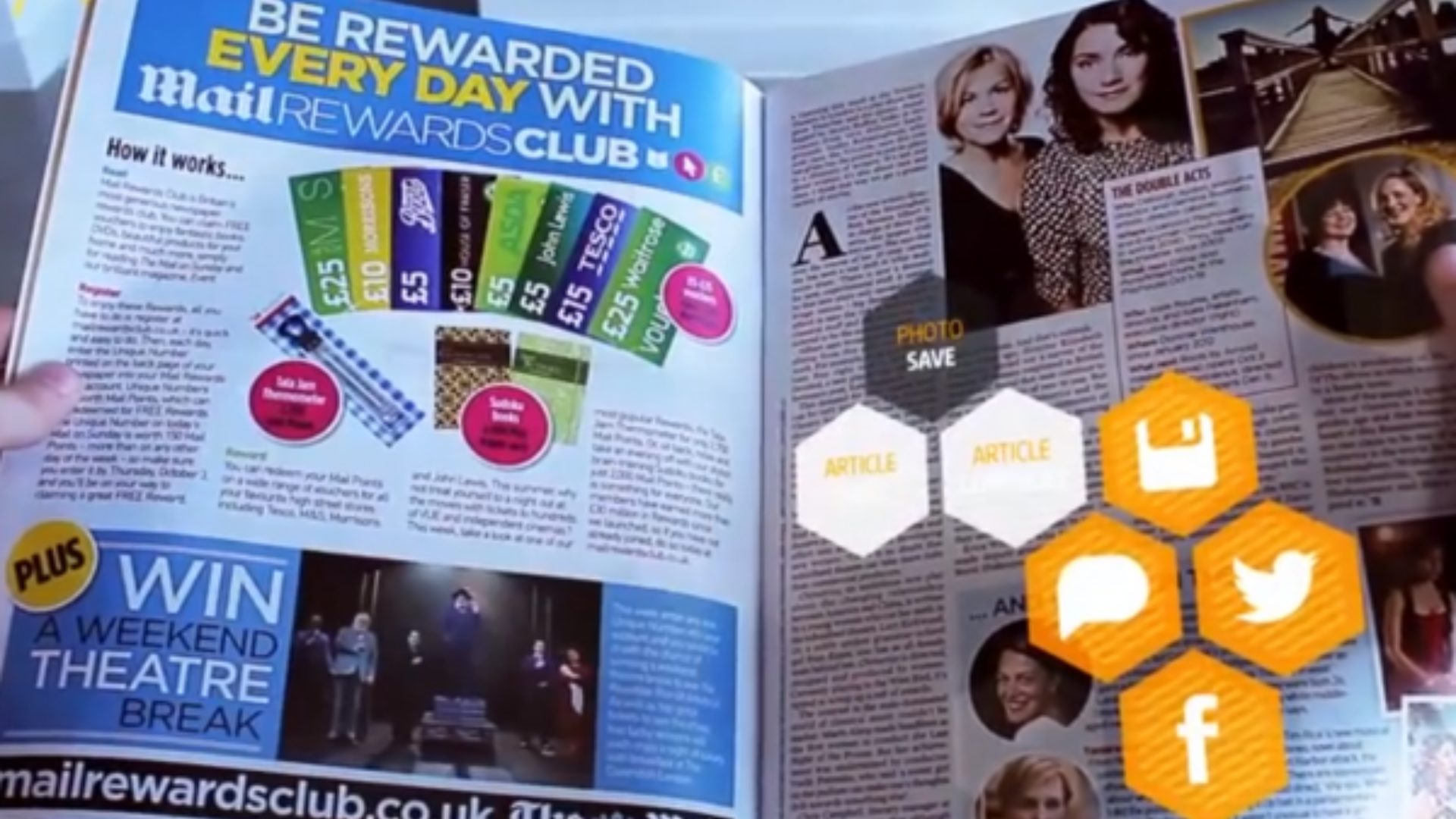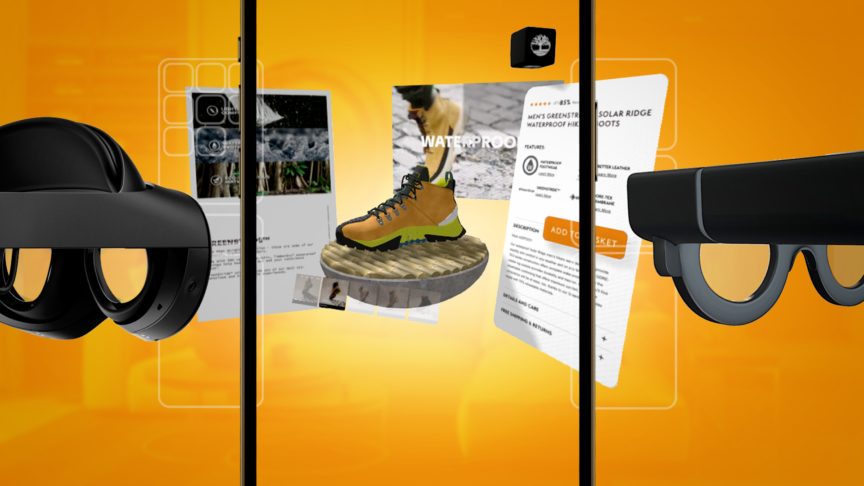How Blippar is creating the real world’s visual search engine
June 24, 2014
How Blippar is creating the real world’s visual search engine

Our CEO Rish was invited to write a feature for Wired about how he sees the future panning out for augmented reality and Google Glass. The article, entitled Augmented Reality’s Next Frontier, appears below in full.
Alternatives to text-based search have begun to catch on. Voice-recognition searches, for example, have rapidly become prevalent, and the functionality is built into nearly every new smartphone today. But the biggest change coming is the application of augmented reality (AR) to visually recognize objects.There’s no question that Wikipedia has become the easiest way to find information about nearly any term or topic imaginable. But what if you need to know the details of “that thing you’re looking at,” but don’t know its name?
AR is already gaining traction among consumers – look no further than IKEA’s interactive catalog, Heinz’s AR recipe booklet or Amazon’s recent integration of the Flow AR technology into its primary shopping app. These are all examples of some of the world’s biggest players in their respective industries recognizing the shift to visually mediated lifestyles, and taking the steps to meet us there through AR. As this trend continues, we will need a “Wikipedia for 3-D objects” available to us anytime, anywhere.

Social networks and platforms like Instagram, Pinterest, Snapchat and Facebook have all driven a cultural shift in the way we exchange information. An NYU study found that people retain close to 80 percent of information they consume through images versus just 10 percent of what they read. If we regularly consume rich content from the real world through our devices, we could learn, retain, and express our ideas and information more effectively.
My team at Blippar and I have been working on these ideas and created a proof of concept for Google Glass showing that 3-D search is doable. But we’re far from creating the vast Wikipedia of 3-D objects I dream of. One of the first questions I typically receive when I discuss this idea is: Why use augmented reality rather than text-based search? Would a catalog of 3-D images really make things easier for the modern consumer?
Absolutely. Of course there will always be situations where text-based search is the most practical tool, but most of our impulse to search derives from real-world inspiration. Right now, text is the only option we have, and in many cases, we do not know how to best describe what we are looking for.

But imagine being able to use image-recognition technology on your smartphone, tablet or wearable device to scan and identify any 3-D object, like plants, furniture, or even car makes and models–how much simpler would that be? By opening an app and facing the camera toward an object, you’d not only get the exact results you’re looking for, but you’d also consume the information in a more efficient way. Image recognition technologies will soon be the “eye,” automatically detecting an object’s features and pulling up information from a rapidly learning engine. While more immediate iterations might be limited to apps and voice commands, I believe it is inevitable that object-recognition technology will evolve to become an automatic overlay on a wearable device.
The way we interact with our devices will be a big factor here. I’ve always thought of smartphones, tablets, and computers as an extension of our senses, and wearable designs of consumer electronics have started to reflect this in the last five years. Google Glass is the first step toward searching with our eyes and voice. This new behavior is revolutionary, requiring us to talk, see, and listen to the environment around us through technology.
All of these developments will reduce the friction in life. Augmented reality, paired with smart and wearable devices, provides a more convenient and immediate gateway to information. It even reinvents the traditional “point of sale” both off and online. Without having to search, sign in, check out, or provide a pin, the transactional element of AR drives more impulse buying and simplifies the purchasing process for consumers more than ever before. This is a whole new world of e-commerce that aligns well with visually mediated societies, and we’ve only started to tap into it.
Leading tech companies are already investing time and money into the development of their own AR products. I’ve even seen a tremendous number of patents being filed in visual communication technologies and a huge amount of resources being put towards research. Facebook’s acquisition of virtual reality company Oculus Rift is the most recent example, but even Samsung received a patent earlier this year for a camera-based augmented reality keyboard that is projected onto the fingers of the user.
As new wearable and AR-enabled devices come to market–from interactive apparel to smartwatches–and as augmented reality continues to emerge as a new mass media channel, consumer adoption will rise, and we can expect global revenues to increase dramatically.

Augmented reality has already proven itself to be a multi-million dollar industry – with 60 million users and around half a billion dollars in global revenues in 2013 according to Research and Markets. It’s expected to exceed $1 billion annually by 2015, according to the Juniper report. Combined with a Google-Glass type device, this AR could eventually allow individuals to build vast libraries of data that will be the foundation for finding any 3-D object in the physical world. By constantly interacting with our environment through machine intelligence, this 3-D search engine will ‘learn’ how we describe and visualize different items.
Anyone tuned into the online world today would probably agree that a picture really is worth a thousand words. Over the past few years, we’ve realized the power of sharing information through images and video, thereby changing the thinking behind every device, app and platform. With smart design in mind, we’re learning how to provide the tools for people to most efficiently find and digest information. Augmented reality will play a major role in new forms of communication, and in a few short years, I predict we’ll have a Wikipedia for 3-D Objects for everyday use.

